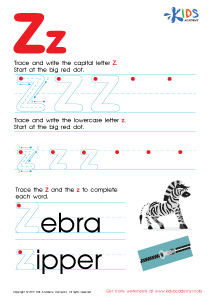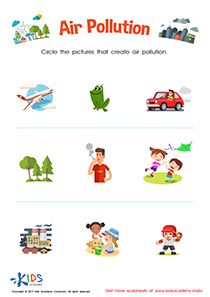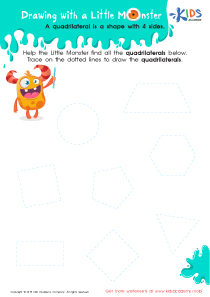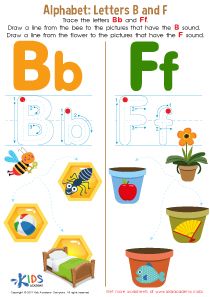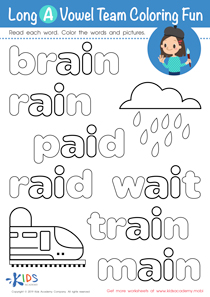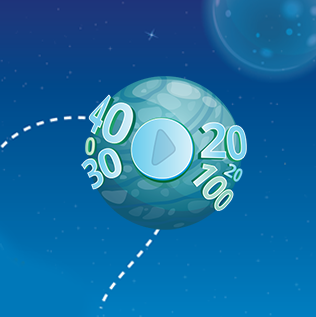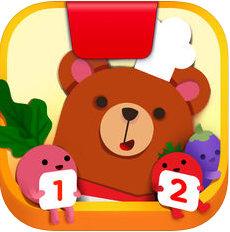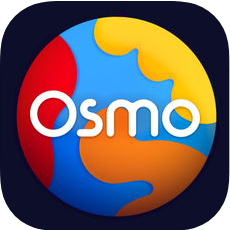Math Lessons | Graphing, Grade 1
0 results
Our Graphing Lessons for Grade 1 are perfect for young learners eager to explore the world of data representation. Through interactive worksheets, educational videos, and assessment quizzes, children will learn how to collect, organize, and analyze information in fun and engaging ways. Topics covered include bar graphs, pictographs, and line plots, as well as the basics of data interpretation. Our lessons are designed to build essential math skills while developing critical thinking, problem-solving, and communication abilities. Whether your child is a visual learner or loves hands-on activities, our Graphing Lessons offer an ideal learning experience for early elementary students.
Graphing Lessons for Grade 1 Children: A Guide to Improving Learning Outcomes
Graphing is one of the fundamental concepts in mathematics that students learn at an early age. It provides the basis for understanding mathematical concepts such as fractions, decimals, and percentages. Therefore, it is crucial to introduce graphing lessons to grade 1 students since it can have numerous benefits to their learning. In this guide, we will discuss how graphing lessons can be beneficial in improving study outcomes for children.
Interactive Worksheets
Interactive worksheets are an excellent way to introduce graphing to children. These worksheets present information in a visually appealing manner and allow children to interact with the data using simple tools such as pencils and colors. Graphing worksheets for grade 1 students can teach kids how to organize data in a useful way and how to interpret graph data accurately. By using these worksheets, students will learn how to make bar graphs, line graphs, and pie charts in a fun and engaging way.
Educational Videos
Educational videos can supplement graphing lessons for young children. Videos allow students to see the graphs in motion, which can help them understand how they work better. These videos can be short, engaging, and informative. They can help students visualize the types of information they may encounter when interpreting graphs.
Assessment Quizzes
Assessment quizzes are an excellent way to measure students' comprehension of the graphing concept. These quizzes can be in the form of simple multiple-choice or true/false questions. Quizzes help students learn the critical thinking skills needed to analyze and interpret mathematical data. Moreover, the results of these quizzes can help teachers determine areas of weakness in their students' understanding of graphing. When utilized correctly, assessment quizzes can be a valuable tool in improving student achievement and success.
Graphing lessons are beneficial to children in many ways. Graphing helps boost a child's math skills, and it helps them learn how to analyze data in a meaningful way. Additionally, graphing is useful in several other academic subjects, including science, social studies, and reading. Developing graphing skills at an early age will help children make sense of the data they will encounter throughout their academic careers.
Conclusion
In conclusion, graphing lessons are an essential part of grade 1 education. Interactive worksheets, educational videos, and assessment quizzes can help children develop critical thinking skills and learn how to effectively analyze data. Graphing can be a fun and engaging activity and sets an excellent foundation for future mathematical concepts.

